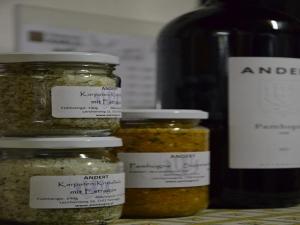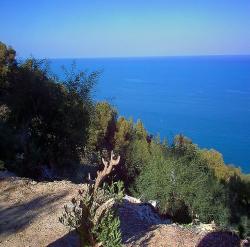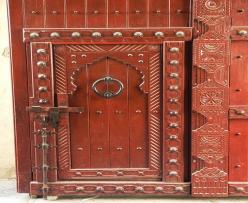Dubai-based developer Majid Al Futtaim Properties (MAFP) is about to embark on an ambitious building spree throughout the Middle East and North Africa (MENA.) On the list of construction projects slated to go up between 2014 and 2016 are hotels, complementary mixed-use communities, and of course shopping malls. The ‘Mall of Oman’ is planned to be constructed in the Bauwsher district of Muscat, and is budgeted to cost about OMR 180 million ($467 million.)
The mall will be the largest in the Sultanate when it is completed with 350 retail shops, entertainment center and restaurants in a space occupying 157,000 square meters.
George Kostas, CEO of Majid Al Futtaim Properties said: “Oman’s new shopping and entertainment destination is expected to generate 1500 jobs for its construction and a further 3500 jobs once opened, and will enhance the Sultanate’s retail and entertainment offering for both residents and tourists. The Mall of Oman will also provide an opportunity for our retail partners to further establish their businesses in the Muscat market.”
The MAFP group has three business units including shopping malls, hotels and housing developments. They are invested in or manage 12 income producing properties in the United Arab Emirates, Oman, Bahrain, Egypt and Lebanon.
Chief Executive Officer Iyad Malas of MAFP commented:
“The year 2013 was a year of solid top line growth for the business. Revenue growth remained stable at 10 per cent year-on-year, while Ebitda grew to 11 per cent, reflecting strong performance across all parts of the business. We not only delivered robust business results but have also increased efficiency by uniting our companies under one umbrella corporate brand — Majid Al Futtaim — as we embark on the next chapter of our regional expansion plans.”






